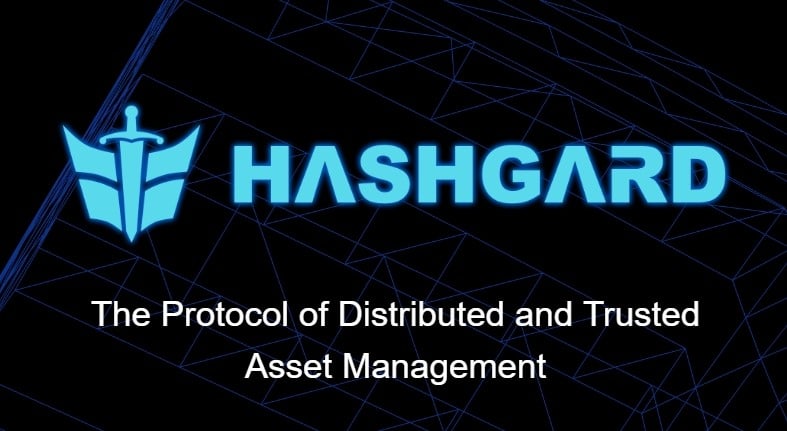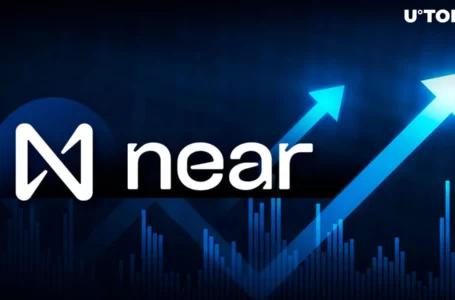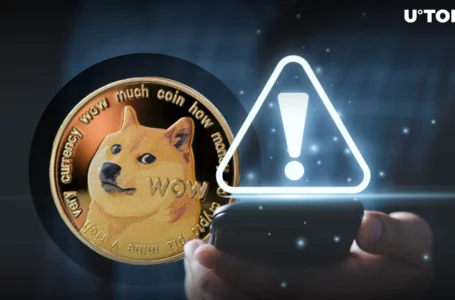
Cryptocurrencies have revolutionized the financial landscape, offering decentralized and secure alternatives to traditional banking systems. Among the plethora of digital assets available, Hashgard (GARD) has emerged as a noteworthy player, promising innovative solutions for asset management and decentralized finance (DeFi). In this review, we delve into the features, potential, and challenges of Hashgard to provide investors with valuable insights.
Introduction to Hashgard (GARD)
Hashgard is a blockchain-based project aimed at providing comprehensive solutions for asset management and DeFi applications. It operates on the Ethereum network, leveraging smart contracts to facilitate various financial services, including asset issuance, decentralized exchanges, lending, and staking.
Key Features and Functionality
- Asset Management Solutions: Hashgard offers a range of tools and protocols for managing digital assets effectively. Users can create, trade, and manage various tokenized assets on the platform, enabling efficient portfolio management.
- Decentralized Finance (DeFi): Hashgard’s DeFi ecosystem encompasses decentralized exchanges (DEX), lending protocols, liquidity pools, and yield farming mechanisms. These features empower users to participate in a wide array of financial activities without relying on centralized intermediaries.
- Governance Mechanism: GARD token holders have the power to participate in the governance of the Hashgard network. They can vote on proposals, protocol upgrades, and strategic decisions, ensuring a decentralized and community-driven ecosystem.
- Security and Scalability: Built on Ethereum, Hashgard benefits from the security and scalability of one of the leading blockchain platforms. Additionally, the project is committed to implementing innovative solutions to enhance scalability while maintaining robust security standards.
Potential and Use Cases
Hashgard’s innovative approach to asset management and DeFi opens up numerous potential use cases across various sectors:
- Traditional Finance Integration: Hashgard can bridge the gap between traditional finance and blockchain by providing efficient asset management solutions for institutional investors and financial institutions.
- Tokenization of Assets: The platform enables the tokenization of a wide range of assets, including real estate, stocks, commodities, and intellectual property. This enhances liquidity, reduces barriers to entry, and opens up new investment opportunities.
- Decentralized Exchanges: Hashgard’s decentralized exchange protocol allows users to trade digital assets securely and transparently without relying on centralized intermediaries. This promotes financial inclusion and empowers individuals to have full control over their assets.
- Lending and Borrowing: Through Hashgard’s lending protocols, users can access liquidity by collateralizing their assets or earn interest by providing liquidity to the network. This fosters a vibrant lending market and facilitates capital formation within the ecosystem.
Challenges and Risks
While Hashgard presents compelling features and potential, it is essential to acknowledge the challenges and risks associated with investing in the project:
- Competition: The cryptocurrency and DeFi space is highly competitive, with numerous projects vying for market share. Hashgard must differentiate itself and continually innovate to maintain its relevance and attract users.
- Regulatory Uncertainty: The regulatory landscape surrounding cryptocurrencies and DeFi is evolving rapidly and varies significantly across jurisdictions. Compliance with regulations poses a challenge for Hashgard and may impact its growth and adoption.
- Security Vulnerabilities: Despite the robustness of blockchain technology, security vulnerabilities and smart contract exploits remain a concern. Hashgard must prioritize security audits and implement robust risk management practices to safeguard user funds and maintain trust in the platform.
Conclusion
Hashgard (GARD) presents an intriguing investment opportunity in the burgeoning landscape of decentralized finance and asset management. With its comprehensive suite of features, commitment to innovation, and community-driven governance model, Hashgard has the potential to disrupt traditional finance and unlock new possibilities in the digital economy. However, investors should conduct thorough research, assess the risks, and stay informed about the project’s developments to make informed investment decisions in this dynamic and evolving ecosystem.


















